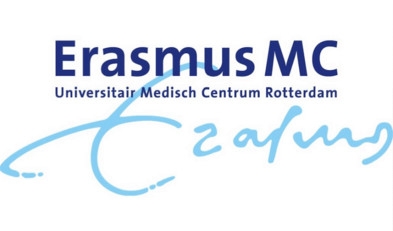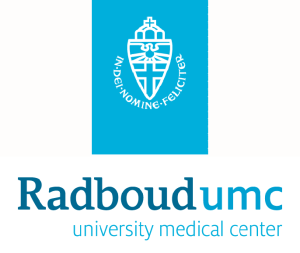The common disease mechanisms of immune mediated inflammatory diseases
Chronic Inflammatory Diseases and TIMID: Adverse immune system responses can lead to serious illness including chronic intestinal disease, rheumatoid arthritis and type 1 diabetes, so-called Immune Mediated Inflammatory Disorders (IMID). In intestinal diseases, but possibly in other IMID as well, a derailed immune response against the microbiota in the gut contribute the disease process. Therapies have been developed for most of these IMID but they often only work for a subset of patients, even within one IMID. On the other hand, a therapy developed for one of these IMIDs can often be used for a subset of patients suffering from another IMID. This suggests that across IMID patients similar mechanisms may be responsible for the disease symptoms but having a different target organ, i.e. for example cause disease in the gut in some patients while causing disease in joints in others. In the TIMID project, we are trying to find out what these diseases have in common and how we can use this knowledge to predict which patients will benefit from a particular therapy. Using blood and affected tissue of individual IMID patients we study which cells and inflammatory mediators of the immune system are present and how they contribute to the inflammatory process. Our main focus is on T cells, the type of immune cell is specifically involved in the IMIDs included in our project, hereafter referred to as "TIMID".
Immune profiles in blood and tissue: In this project, we used several new methods to map immune profiles in blood and tissue of individual patients. (1) We have found that measuring 92 immune proteins (proteomics) in 1 drop of blood yields patterns that distinguish IMID patients with differences in their disease severity, response to treatment and risk of disease flare-up. To date, we find these "immunotypes" in Crohn's, Ulcerative Colitis, Diabetes and Celiac disease. These studies show that immune protein profiles in blood at diagnosis can even predict how a patient will respond to therapy. (2) By combining the proteomics technique with multiparameter flow-cytometry and mass cytometry on blood and tissue cells, we accurately analysed which cellular processes fit which blood pattern and vice versa. This allows linking the "immunotypes" to the immune processes that cause chronic disease. (3) Using imaging mass cytometry we have measured the interactions of these cellular processes in the diseased organ.
Mapping the impaired response of immune cells to gut microbes: Analyses of gut microbes in patients with TIMID show that patients have a different composition of gut microbes. Using bioinformatic analyses, we investigated which gut microbes change similarly independent of which TIMIDs the patient has.
We have cultured these bacteria and are now investigating whether the patient’s immune system responds differently to these bacteria compared to healthy controls. By mapping the altered response of immune cells to gut microbes in the different "immunotypes" of TIMID patients, we want to be able to better predict how the disease will progress and what medication the patient will need.















